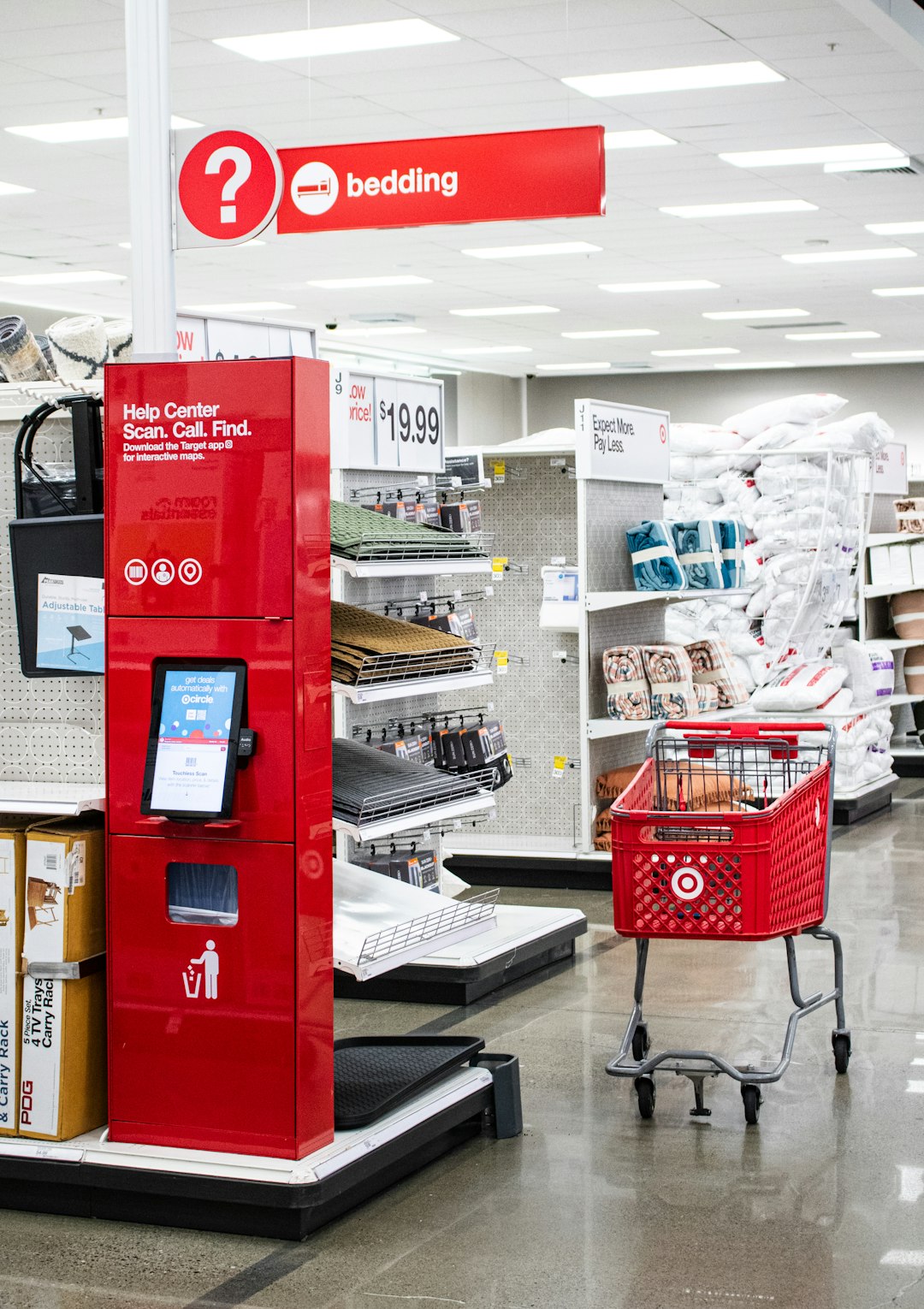In today’s digital marketing landscape, influencer whitelisting has emerged as a powerful strategy for brands looking to extend their reach and drive stronger ROI through partnerships with content creators. Unlike traditional influencer marketing, whitelisting goes a step further by giving brands access to amplify influencer content directly through paid media. If you’re new to this concept, here’s everything you need to know about influencer whitelisting, how it works, and why it could be a valuable addition to your marketing toolkit.
What Is Influencer Whitelisting?
Influencer whitelisting occurs when a creator grants a brand advertising permissions to their social media account, most commonly through platforms like Facebook and Instagram. This allows the brand to run paid ads through the influencer’s handle, giving their content broader visibility and often better engagement than if it came from the brand’s corporate account. Whitelisting is usually done through Facebook Business Manager for Meta platforms, and it requires explicit consent and collaboration between the influencer and the brand.
Key Benefits of Influencer Whitelisting
This strategy offers multiple advantages to both brands and influencers:
- Extended Reach: Brands can serve content to a wider audience beyond the influencer’s followers.
- Increased Authenticity: Ads appear under the influencer’s name, lending credibility and a more authentic tone to the messaging.
- Better Performance Analytics: Brands gain access to detailed analytics and insights, enabling more precise optimization of campaigns.
- Creative Control: Brands can manage targeting, creatives, and budgeting, giving them full control over the advertising process while still leveraging the trust influencer content creates.
How Whitelisting Works
Setting up whitelisted influencer campaigns involves several steps. Here’s a breakdown of the typical process:
- Agreement: Both parties come to terms about the duration, settings access, and compensation elements. This typically includes a legal agreement outlining permissions.
- Access Permissions: The influencer provides access via Meta’s Business Manager or appropriate platform tools. This allows the brand to manage ads using their handle.
- Ad Creation: The brand can now create ads using content from the influencer’s profile or have them create specific material.
- Optimization: As the campaign runs, the brand monitors performance and makes data-driven adjustments to improve results.
Whitelisting vs. Traditional Influencer Marketing
The main difference between traditional influencer marketing and whitelisting lies in control and scalability. In traditional campaigns, influencers post directly to their audience, and brands often rely on organic reach. While still effective, it’s limited by algorithmic visibility and minimal targeting.
With whitelisting:
- Brands can retarget viewers who engaged with the original content, increasing the chances of conversions.
- Campaigns can run longer than the typical 24-48 hour lifespan of organic stories or posts.
- Messaging can be refined for different audience segments while maintaining the influencer’s voice and brand compatibility.
Legal and Professional Considerations
It’s critical to approach whitelisting with professionalism and transparency. All permissions should be documented in advance through legally binding contracts that cover the following:
- Scope of ad permissions
- Duration of access
- Compensation details
- Content usage rights
Brands must also stay compliant with advertising regulations by clearly labeling content as sponsored and disclosing any affiliation per FTC guidelines.
Is Whitelisting Right for You?
Whitelisting is a powerful tool, but it’s not for every campaign. It’s best suited when:
- You want to scale a campaign for longer duration.
- You have a targeted audience segment to reach.
- Your goal is conversion-focused rather than just awareness.
- You’re working with influencers who have stable and consistent content performance.

Conclusion
Influencer whitelisting is transforming how brands use influencer content in paid media. By blending the authenticity of creator content with the power of paid distribution, it creates a win-win situation for both parties. When done correctly, with clear agreements and mutual trust, whitelisting can significantly enhance the impact of an influencer partnership, drive better ad performance, and deepen engagement with target audiences. As digital marketing continues to evolve, understanding and leveraging techniques like influencer whitelisting will be key to staying competitive and relevant.




